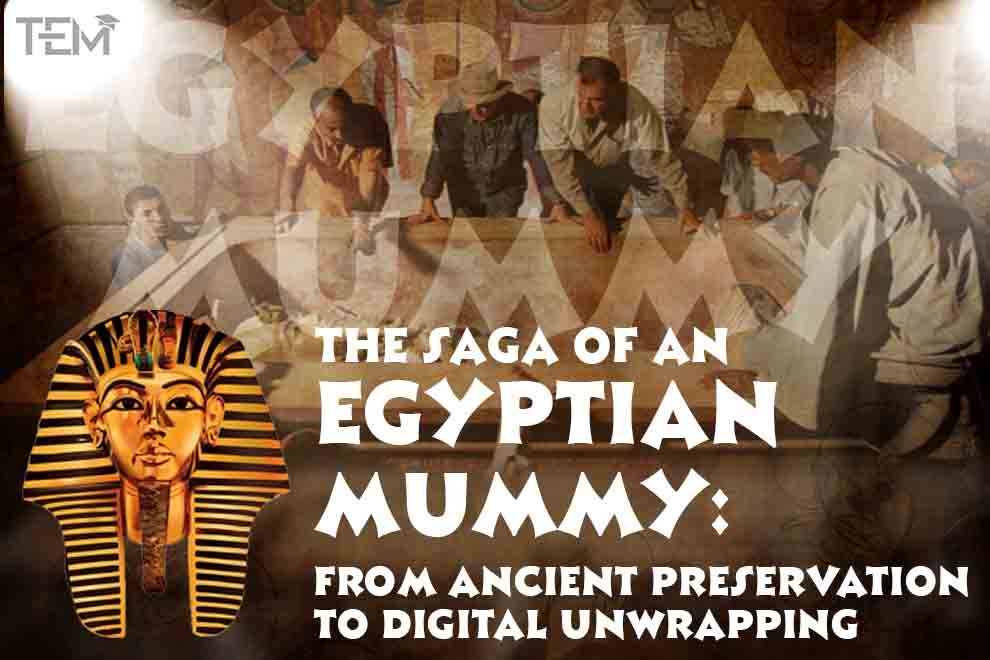Ever wondered how an Egyptian Mummy looks like? We are familiar with Egyptians being mummified after their death in movies, documentaries, tv series, and others. We are quite familiar with the process of mummification and how it is done. But, why were Egyptians so keen on mummifying each and every being?
Ancient Preservation of Bodies and Soul: The Saga of an Egyptian Mummy
The practice of mummification began in ancient Egypt during 2400 BC. It was hugely believed that only pharaohs could attain immortality. With changes in attitude and perception, everyone could live in the afterworld as long as the body was mummified and the necessary elements were placed in the tomb. The corpse was wrapped in 35 layers of linen after being washed with several disinfectant agents and chemicals. It was further soaked in raisins and oils.
Interestingly, the Egyptians mummified everything—from cats to bulls to hawks and even snakes. However, mummification was expensive and only the rich could afford it. Although it was not a strict requirement, it was regarded as a high aspect in the ancient Egyptian community.
An Egyptian mummy did not only suggest the preservation of the body. According to ancient Egyptian belief, Egyptians were mummified for the purpose of being safely transported to the afterlife. Their bodies were kept intact so that their souls could be resurrected in the next world.
All this while we have seen how mummies look from the outside. We have seen their enchanting tombs embroidered with mesmerizing patterns and pictures. We have also seen how they are being buried and mummified for a peaceful journey to the afterlife. But, have you ever pondered ever how an Egyptian Mummy looks after being mummified?
Digitally Unwrapping an Egyptian Mummy
Recently, researchers and scientists have perfectly unveiled the body and face of a beautiful Egyptian mummy through digital means! Egyptian Pharaoh Amenhotep I, who ruled the ancient Egyptian kingdom from 1525-1504 BC (approximately 3500 years ago), has been digitally unwrapped. Son of Pharaoh Ahmose I, Amenhotep I was worshipped as a god even after his death. His mummified body was first discovered in 1881 at an archaeological site in Deir el Bahari in southern Egypt.
In the past, the experts were skeptical to uncover his body because of the beautiful decoration of the ancient ruler’s wrapping. Using specialized technology, they were able to take a glance at the Egyptian mummy without damaging it.
Facts About the Uncovered Egyptian Mummy
- The ancient Egyptian mummy of Pharaoh Amenhotep I was digitally unwrapped using special computed technology (CT) scanning.
- Researchers discovered new information about his appearance and the luxury jewelry he was buried with.
- According to the studies, Amenhotep I was around 35 years old when he died. He was approximately 169cm tall and had good teeth.
- He wore 30 amulets and a unique golden girdle with gold beads under his wrapping.
- Amenhotep I shared a physical resemblance with his father. He had a narrow chin, small narrow nose, curly hairs with mildly protruding upper teeth.
Read more: The Vienna exhibition tests ethics of showing human remains










